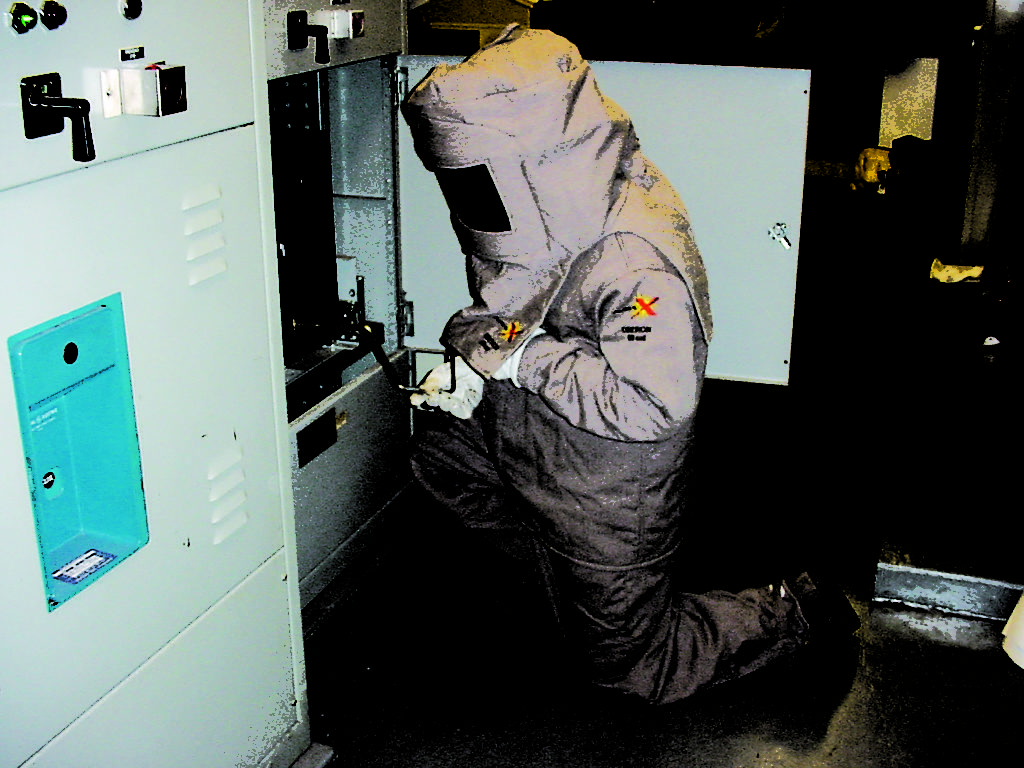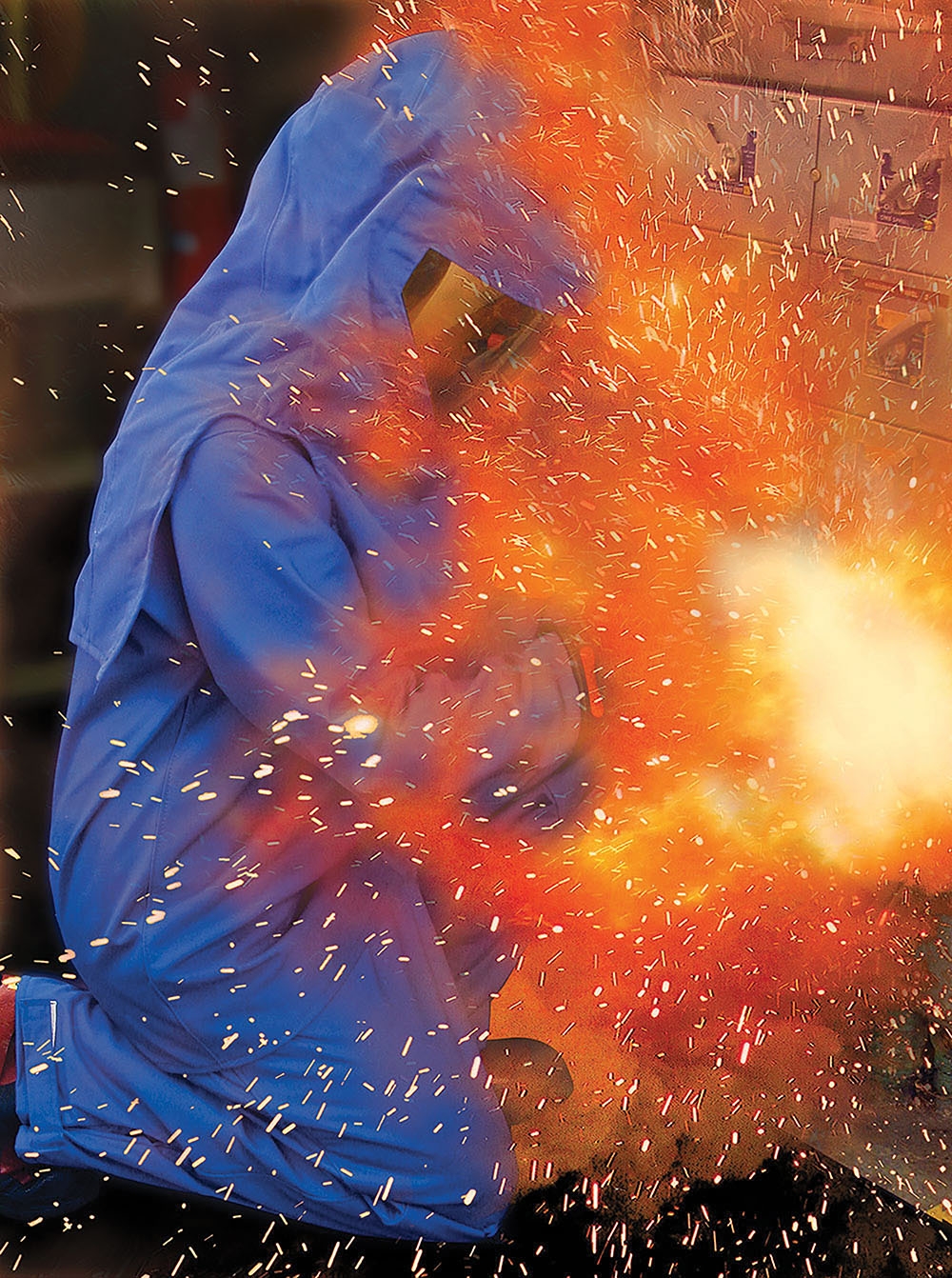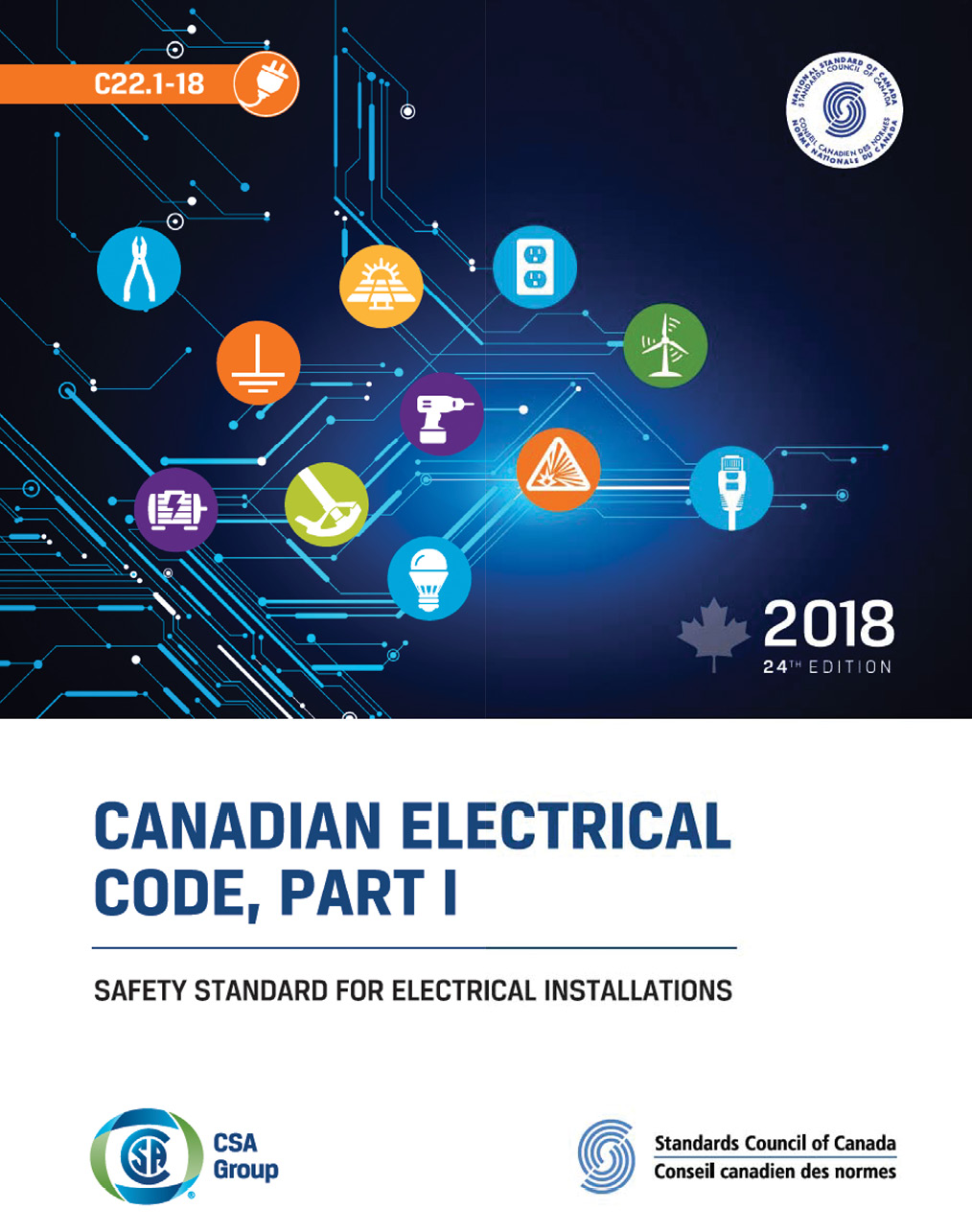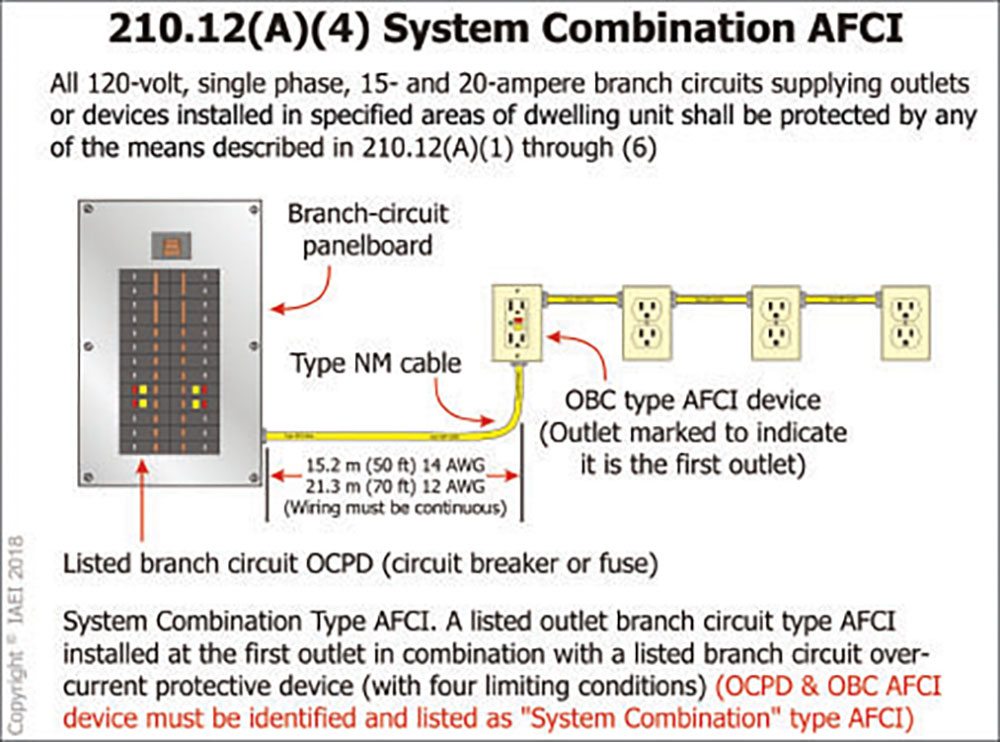We’re all human and we all make mistakes. But mistakes in the electrical field can prove costly. Codes and standards work together to reduce mistakes and save lives, which is what makes National Electrical Code (NEC) Section 240.87, Incident Energy Reduction, so significant. It was introduced to the NEC in 2011 as the first requirement focused on incident energy reduction since Ground Fault Protection of Equipment (GFPE) entered the NEC in 1971. Section 240.87 provides electricians and maintenance workers the overcurrent protective device technologies necessary to reduce distribution system energy. This mitigates damage to electrical equipment and, more importantly, reduces loss of life and injury from arc flash events.
Why NEC Section 240.87 matters
A project at a large industrial facility involved justified energized work as part of a major modification of a 480-volt distribution system supplied from a 1000kVA transformer. The team followed National Fire Protection Association (NFPA) 70E procedures, including a shock and arc flash work hazard analysis that found a complex lockout/tag out and an energized work permit were required to remove a three-conductor cable from the back of the 480-volt switchgear. Personal protective equipment (PPE) Category 2 was specified as the incident energy was 2.9Cal/cm2 per arc flash calculations, using the arc reduction maintenance switch technology located upstream in the system. Without this technology, the incident energy would have been 17.7Cal/cm2. That’s a big difference as more incident energy translates into added heat, force, sound and light. This means a worker would require much heavier PPE if an event were to occur.
Pre-work procedures were conducted, including the upstream switchgear’s arc flash reduction maintenance switch being set to the “on” position and all locks put in place. The electrician on the job used non-conductive rope to remove the three conductors. However, the rope didn’t grab tightly, and the cable wouldn’t budge. Rather than re-group with his team to discuss a new plan of action, an unapproved and highly conductive come along chain was used. The first conductor was successfully detached, but when removing the second conductor, a small arc occurred. The electrician stopped all work when the plant’s lights went out. He waited for plant electricians to arrive, unaware that the entire facility had shut down.
What caused the event? The come along chain had drifted into an energized portion of the equipment, brushed up against a terminal and arced to ground when it contacted metal in the bottom cubicle below where work was being conducted. With minimal damage to the switchgear wall (about the size of a dime) and no injuries reported, the plant came back online in short order.
While the electrician could have more closely followed safety procedures, this story should be celebrated as an example of how technology can save lives. A catastrophic event did not occur thanks to an added layer of safety: arc flash reduction technology implemented upstream, now mandated by NEC 240.87, was activated. A serious mishap was avoided because energy in the distribution system reduced when the come along chain hit the ground.
Taking steps forward: perks and pitfalls
Nothing is more important than a unified, systematic approach to safety. Yet some in our industry still look to slow code advancement, a trend that shocks and saddens me. NEC 240.87 was hailed as a major electrical safety milestone that formed the foundation for high-incident energy reduction at panels and switchgear as part of an installation requirement. The NEC first dealt with arc flash hazards through the application of a label in 2011. Then in 2014, improvements were made to include all circuit breakers of 1200 amps and above. And just last year, more options were added to include circuit breakers where arcing currents cause an instantaneous trip. Circuit breakers adjustable to 1200 amps and above must include one of these technologies — a great step for safety.
Debates occurred during the NEC code change cycle and, thankfully, safety prevailed with few technical merits presented by those fighting the requirement. As the requirement rolls out to state and local jurisdictions for enforcement, we in the industry work to understand it and ensure its solutions are properly enforced. Some may think that because an installed circuit breaker ships with the instantaneous trip set at minimum it meets the code. Others might believe they can roll down the instantaneous trip value when working energized and turn it back up when done. Both scenarios do not align with NEC 240.87 and are potentially dangerous.
Striking the balance between safety and sales
In an industry that’s often slow to react to advances in technology, a new requirement can be overlooked or misinterpreted, and safety can suffer. Please don’t misunderstand me; as a vice president of sales, I know the importance of bringing product to market. While a challenge, it’s critical that market pressures and safety standards align. Manufacturers and sales reps have a duty to be forthcoming about a technology’s limitations.
Take for example Zone-selective interlocking (ZSI) technology, which decreases incident energy by reducing clearing time should any event occur within equipment inside the zone of protection. ZSI has been around for a while and is a great solution. It comes with a caveat. Some customers think that, because they are downstream of a panel that employs this arc flash reduction technology, they’re protected at a reduced incident energy level. But the technology is designed to work in a given enclosure and/or when an event occurs within the zone of protection.
For example, I recently explained the limitations of ZSI and offered an alternative solution. A customer had a panel using the technology and calculated .5 Cal/cm2. He thought light PPE would suffice, assuming the panel next to it also ran at .5 Cal/cm2 because he was downstream. In reality, it was 13 Cal/cm2 and required a much higher level of PPE. After I armed my customer with the right information, the work was safely conducted with the proper PPE.
All product manufacturers and representatives have a moral obligation to protect lives above all else. It starts with being honest with customers and complete alignment with NEC 240.87 to increase safety.
Reprinted with Permission from “Follow the Charge — For Safety’s Sake” blog at http://www.eaton.com/FTC/buildings/KnowledgeCenter/overcurrentprotectionconversations/index.htm.















Find Us on Socials